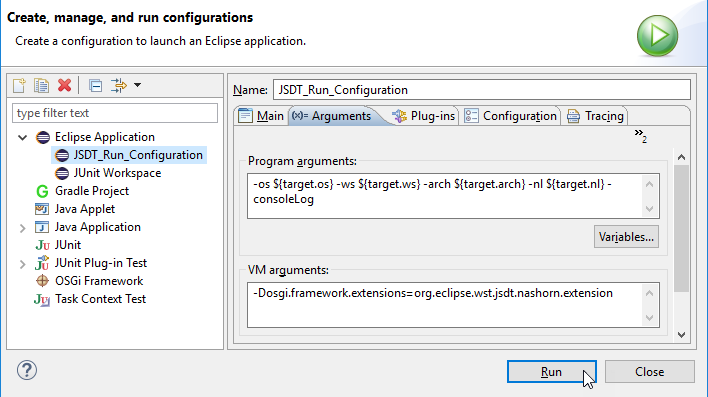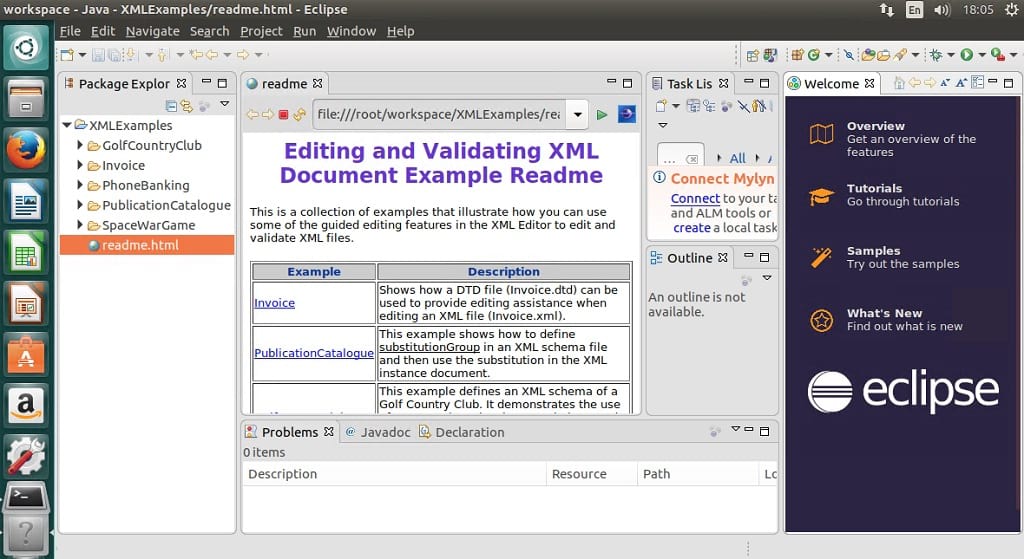

While the server adapter itself has limited functionality, it is able to start and stop the CDK virtual machine via its minishift binary. It used to be Tech Preview, as CDK 3 was not officially released. The CDK 3 server adapter has been here for quite a long time. So, if you had previously accepted some certificates, then you need to accept them again and fill the certificate database again. As a result, after the upgrade, the certificate database will be empty. As the certificates stored in the previous database were not entirely stored, there was no way to provide a migration path. We had to change the format of the certificate database. We found a security vulnerability, as the certificate was wrongly stored: it was partially stored (not all attributes were stored) so we may interpret a different certificate as validated where it should not. There is also an option to store the certificate in a database so that next time a connection is attempted to the same OpenShift API server, then the certificate will be considered valid and no validation dialog will be shown again. If the user accepts it, then the connection is established. If the issuer is an unknown one, a validation dialog is first shown to the user with the details of the OpenShift API server certificate as well as the details of the issuer authority. If the issuer authority is a known one, then the connection is then established. When you use the OpenShift tooling to connect to an OpenShift API server, the certificate of the OpenShift API server is first validated. Security vulnerability fixed in certificate validation database This information is also available from the server editor: Once created, the kind of OpenShift resource adapter is also displayed in the Servers view: So, as an OpenShift server adapter can be created from different kind of resources, the kind of associated resource is displayed when creating the OpenShift server adapter: Here is an example of a deployment with no service i.e. It now displays resources linked to a deployment config or replication controller. If a server adapter is created from a pod, it will be created from the associated OpenShift resource, in the preferred order:Īs the OpenShift explorer used to display OpenShift resources that were linked to a service, it has been enhanced as well.

So, it is now possible to create a server adapter from the following OpenShift resources: This has a major drawback as it allows to use this feature only for pods that are part of a service, which may be logical for Web-based applications as a route (and thus a service) is required in order to access the application. The supported stacks are Java and NodeJS.Īs pods are ephemeral OpenShift resources, the server adapter definition was based on an OpenShift service resource and the pods are then dynamically computed from the service selector. It also allows you to remote debug those pods when the server adapter is launched in Debug mode. OpenShift server adapter is a great tool that allows developers to synchronize local changes in the Eclipse workspace with running pods in the OpenShift cluster. OpenShift Server Adapter enhanced flexibility Let's go through a few interesting updates here. We continue to work on providing a better experience for container-based development in JBoss Tools and Developer Studio. Our focus for this release was improvements for container-based development and bug fixing.

#Eclipse neon javascript update#
Once you have installed Eclipse, you can either find us on the Eclipse Marketplace under "JBoss Tools" or "Red Hat JBoss Developer Studio".įor JBoss Tools, you can also use our update site directly. This release requires at least Eclipse 4.6.3 (Neon.3) but we recommend using the latest Eclipse 4.6.3 Neon JEE Bundle since then you get most of the dependencies preinstalled. JBoss Tools or Bring-Your-Own-Eclipse (BYOE) JBoss Developer Studio require a bit more:
#Eclipse neon javascript download#
Simply download it from our Red Hat Developers and run it like this: JBoss Developer Studio comes with everything pre-bundled in its installer. JBoss Tools 4.4.4 and Red Hat JBoss Developer Studio 10.4 for Eclipse Neon.3 are here waiting for you.


 0 kommentar(er)
0 kommentar(er)
